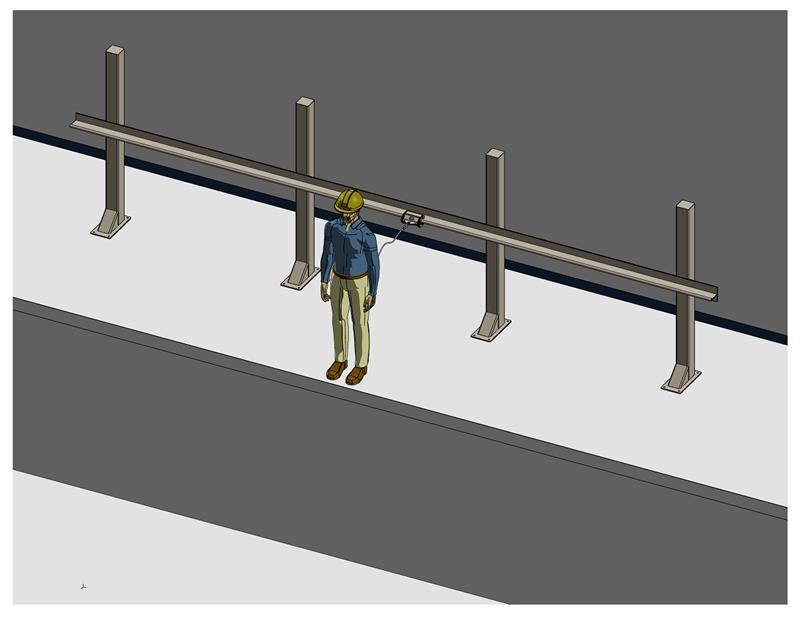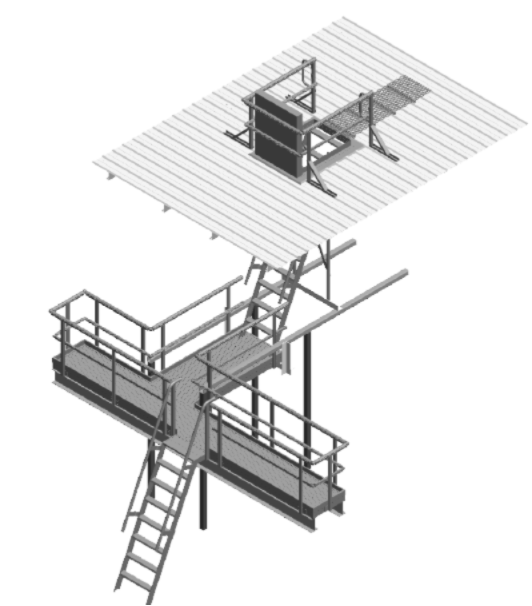What is a SWMS?
A Clear Guide for Contractors and Safety Managers
Safe Work Method Statements (SWMS) are one of the most important tools in high-risk construction work. But for many contractors and safety managers, they can also feel like just another piece of paperwork.
When done right, a SWMS is much more than a compliance exercise - it’s a practical framework for keeping people safe, projects on track, and responsibilities crystal clear.
What is a SWMS?
A SWMS (Safe Work Method Statement) is a document that outlines:
- The specific high-risk construction work being carried out
- The hazards involved in that work
- The control measures put in place to reduce risk
- How the work will be monitored to make sure controls are followed
Think of it as a roadmap for how high-risk tasks will be done safely and legally.
Why SWMS Matter for You
1. Compliance made simpler
Regulators require SWMS for 18 categories of high-risk construction work. Having clear, accurate documents reduces the risk of non-compliance penalties and project delays.
2. Protects your people
A well-prepared SWMS spells out hazards and controls in a way workers can actually apply on site.
3. Builds trust and accountability
When contractors, subcontractors, and site teams sign on to a SWMS, it creates shared responsibility. Everyone knows the standard, and everyone is accountable.
4. Improves project efficiency
Clear planning means fewer surprises and less downtime caused by safety issues.

How to Use a SWMS on Site
A SWMS only delivers value if it’s put into practice. Here’s how contractors and safety managers can make it work:
1. Identify the hazards
As soon as a high-risk work activity is identified (e.g., working at height, confined space, electrical tasks), list out every potential hazard.
2. Check the hierarchy of control
Before jumping to a method, work through the hierarchy of control:
- Eliminate – Can the hazard be removed entirely?
- Substitute – Can the activity be replaced with something less risky?
- Engineering controls – Can barriers, guards, or equipment modifications reduce risk?
- Administrative controls – Can procedures, training, or scheduling reduce exposure?
- PPE – Is personal protective equipment the final line of defence?
3. Select the most suitable control level
Choose the highest level of control that is reasonably practicable. For example, installing a guardrail (engineering) is stronger than simply instructing workers to be careful (administrative).
4. Document the safe work method
Write the step-by-step process in plain language. For each step, list:
- The hazard
- The control measure chosen (linked back to the hierarchy)
- Who is responsible for implementing it
- How it will be monitored
5. Communicate and sign off
Walk through the SWMS with the team before work starts. Ensure every worker understands it and signs to confirm they’ll follow it.
6. Review and update as conditions change
If site conditions, equipment, or methods change, the SWMS must be reviewed and updated. A “living” document keeps it practical and relevant.
What Makes a SWMS Effective?
An effective SWMS is:
- Clear and specific – No vague language, tailored to the actual job.
- Practical – Written in terms workers use, not just legal jargon.
- Collaborative – Developed with input from the crew doing the work.
- Dynamic – Updated as risks or methods evolve.
Bringing It All Together
A Safe Work Method Statement is more than a legal requirement — it’s a practical tool that helps teams identify hazards, choose the right level of control, and follow a safe method that works on site.
When used this way, SWMS protect your team, reduce delays, and create a stronger safety culture across every project.
